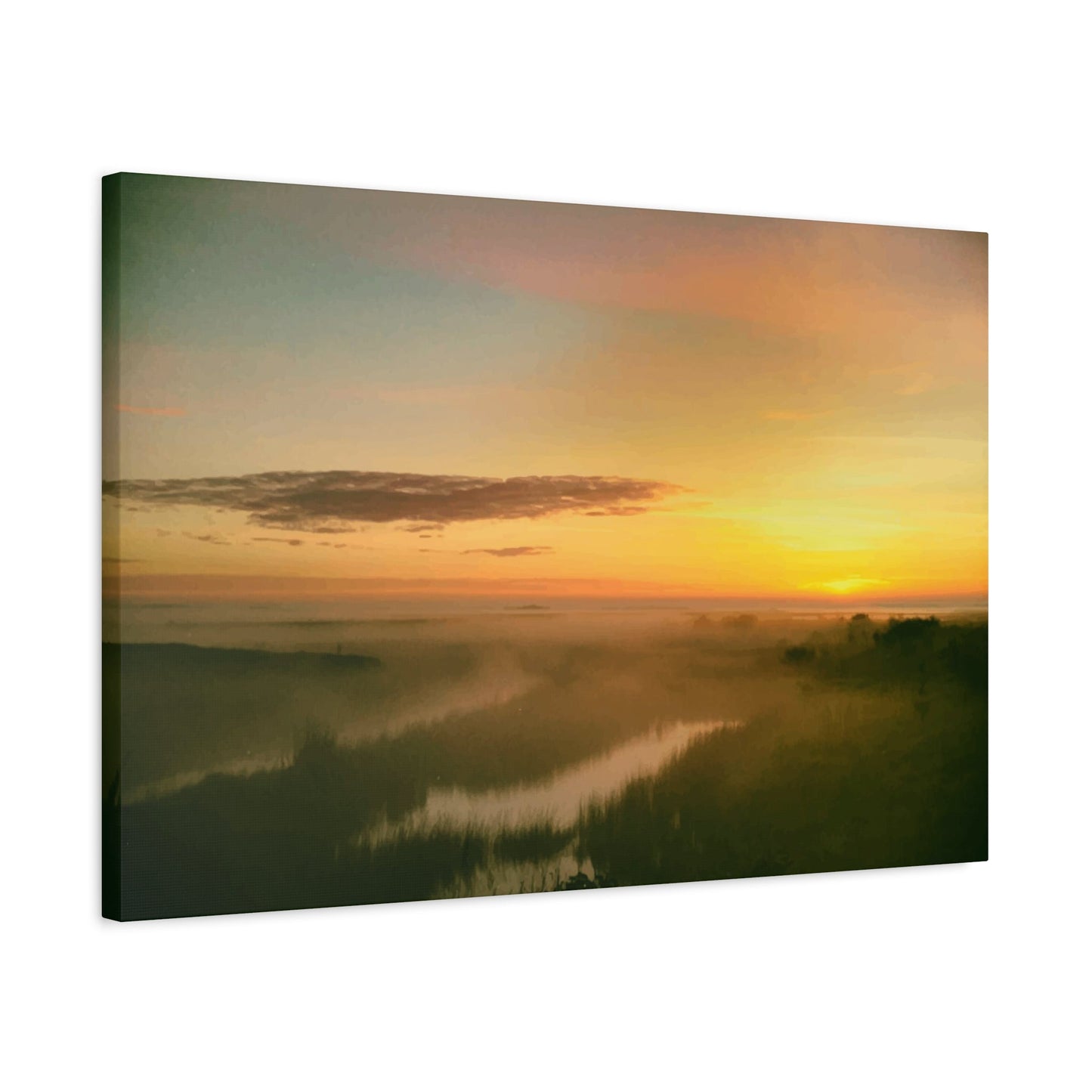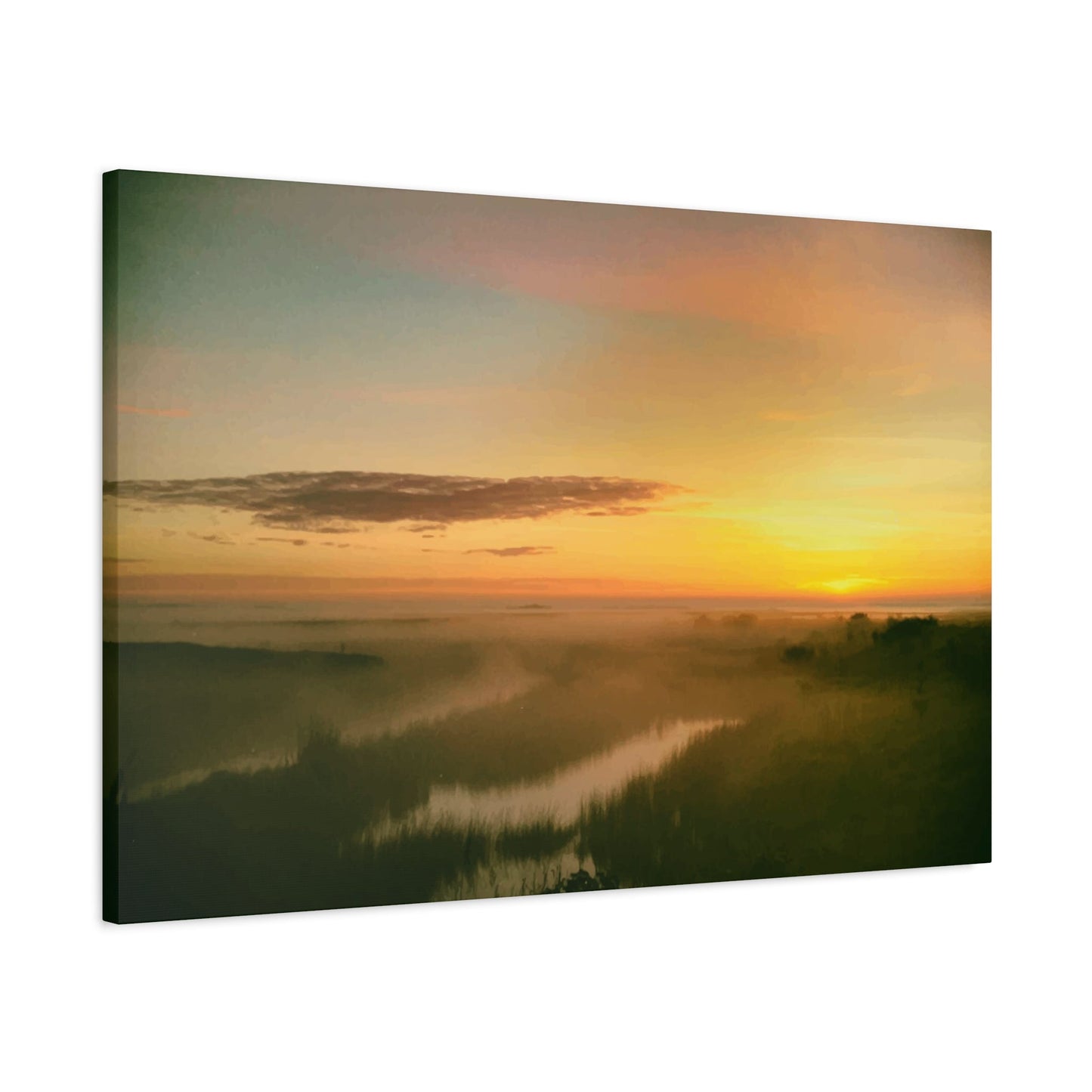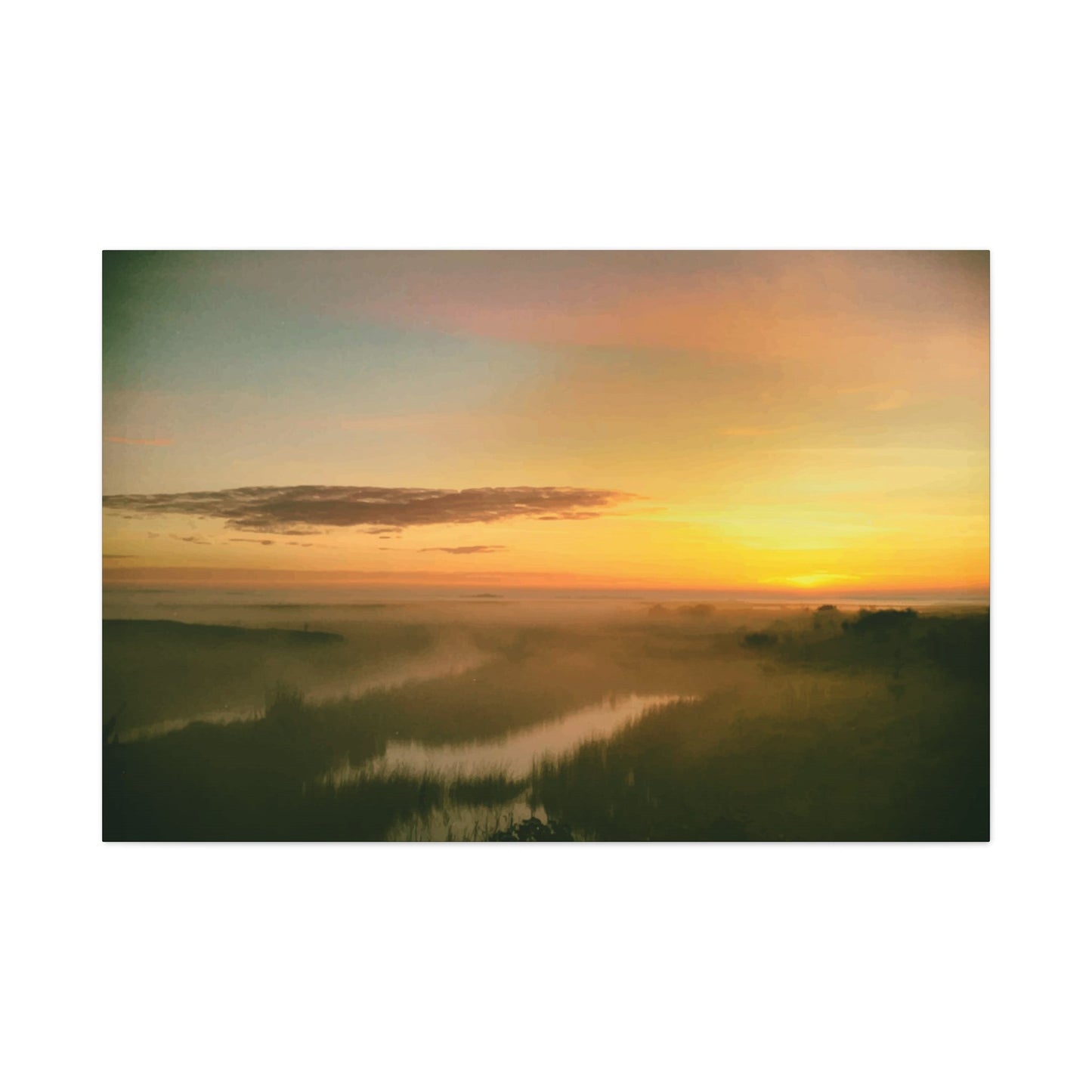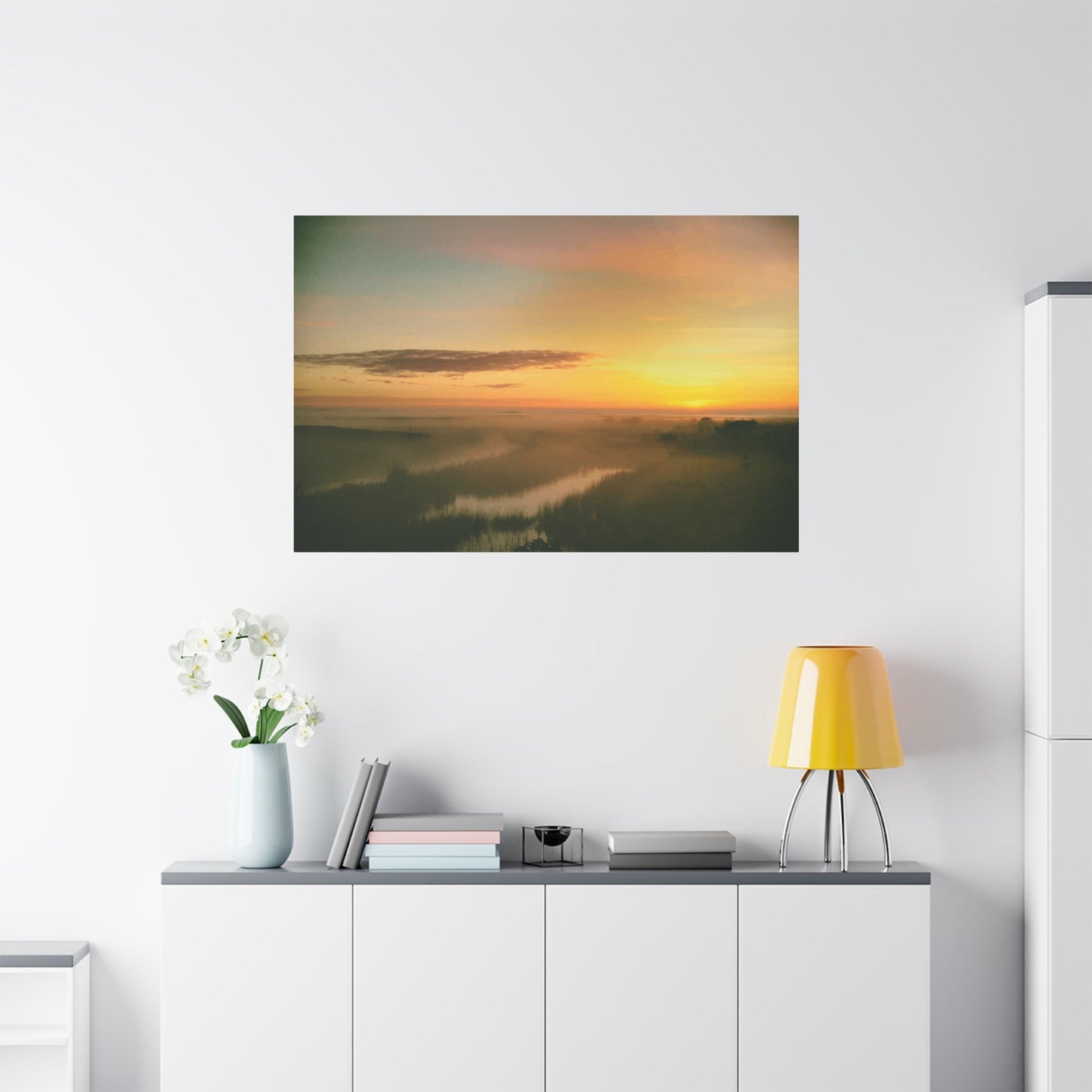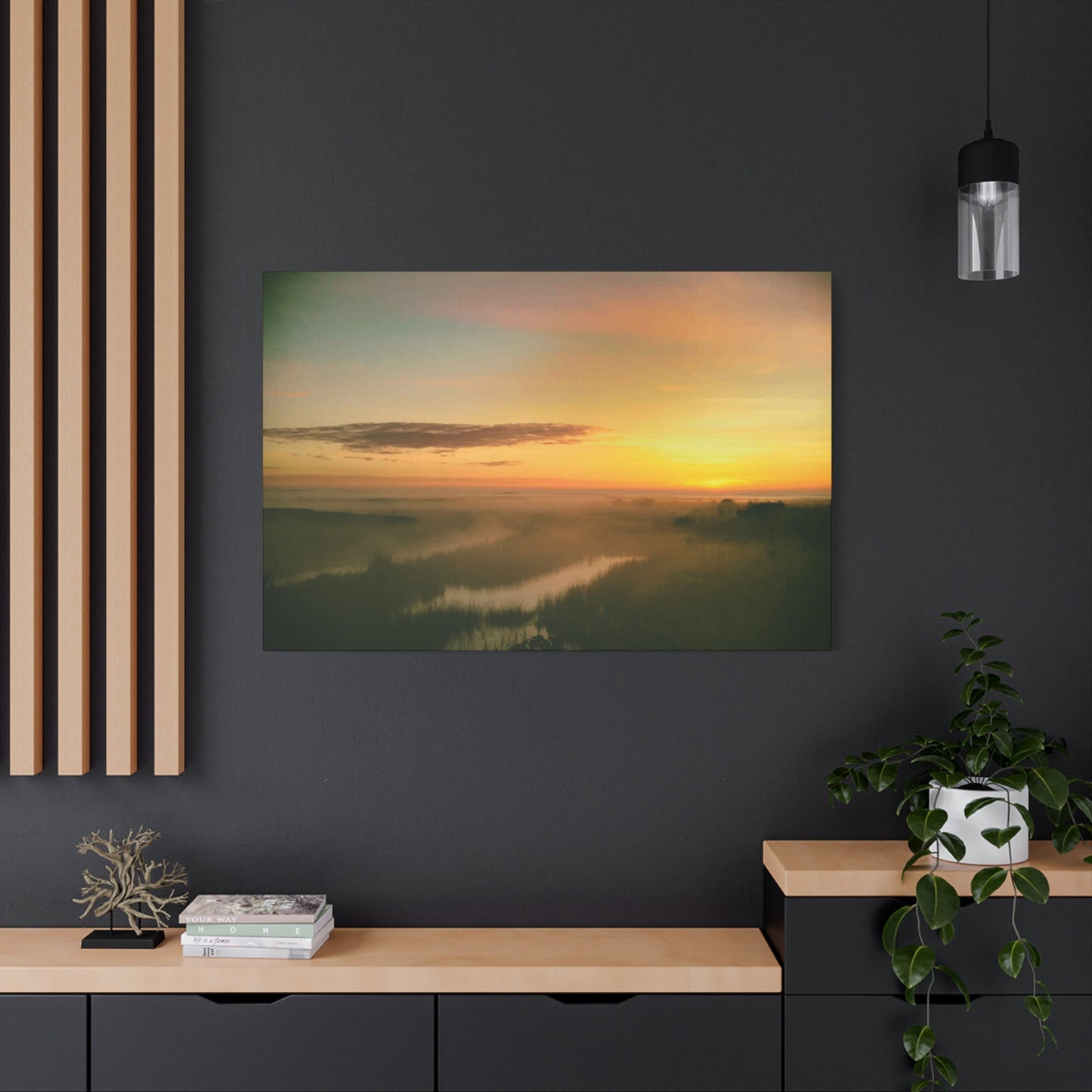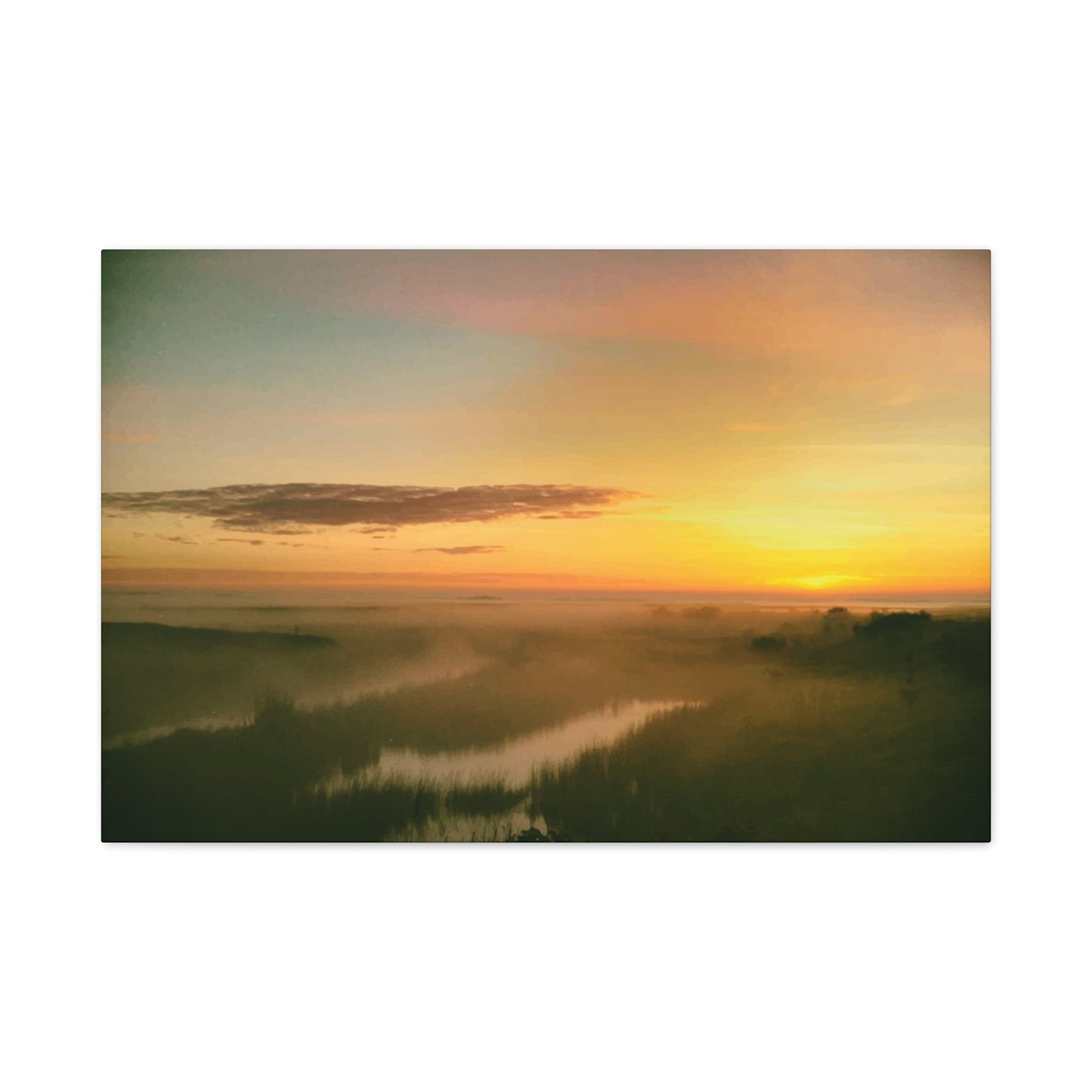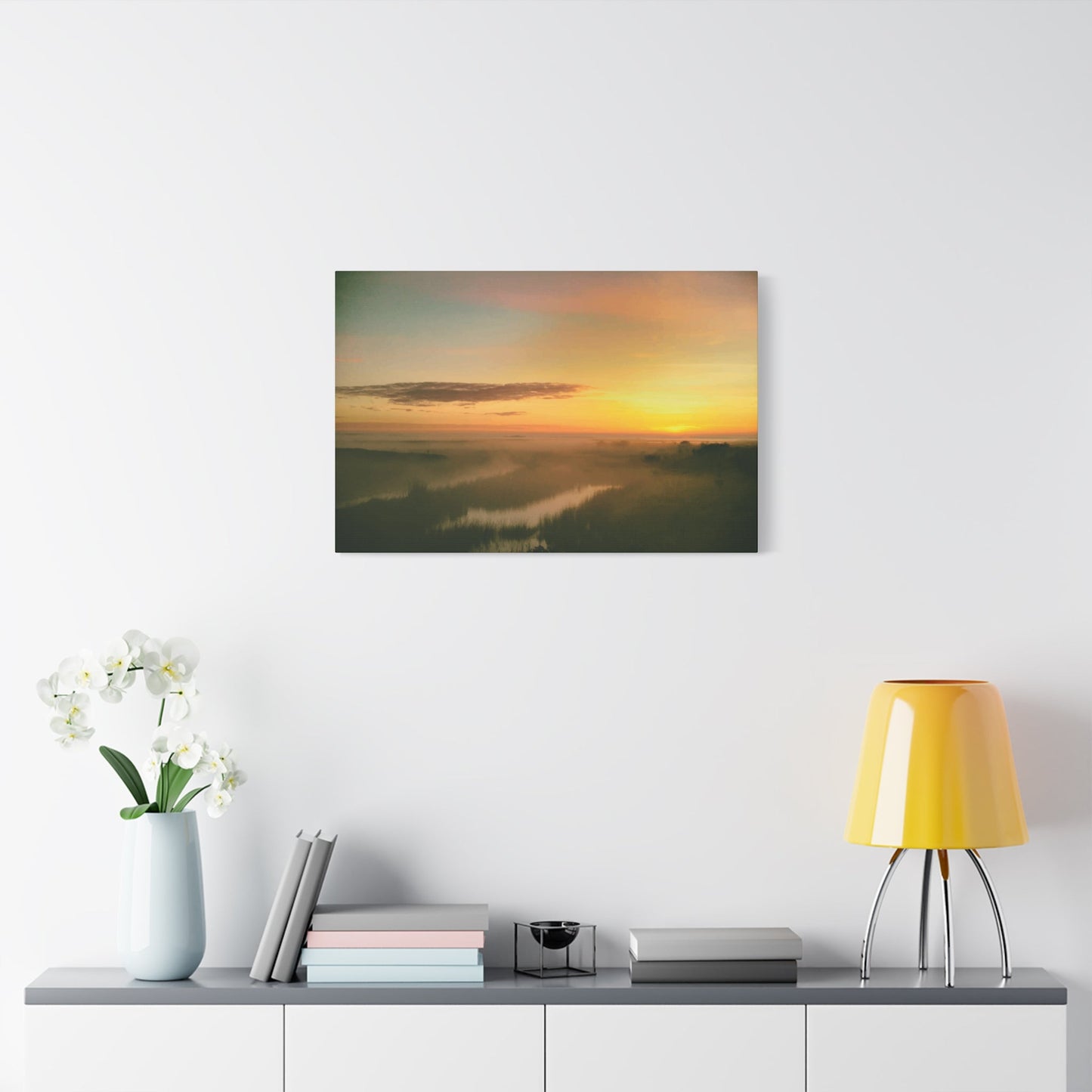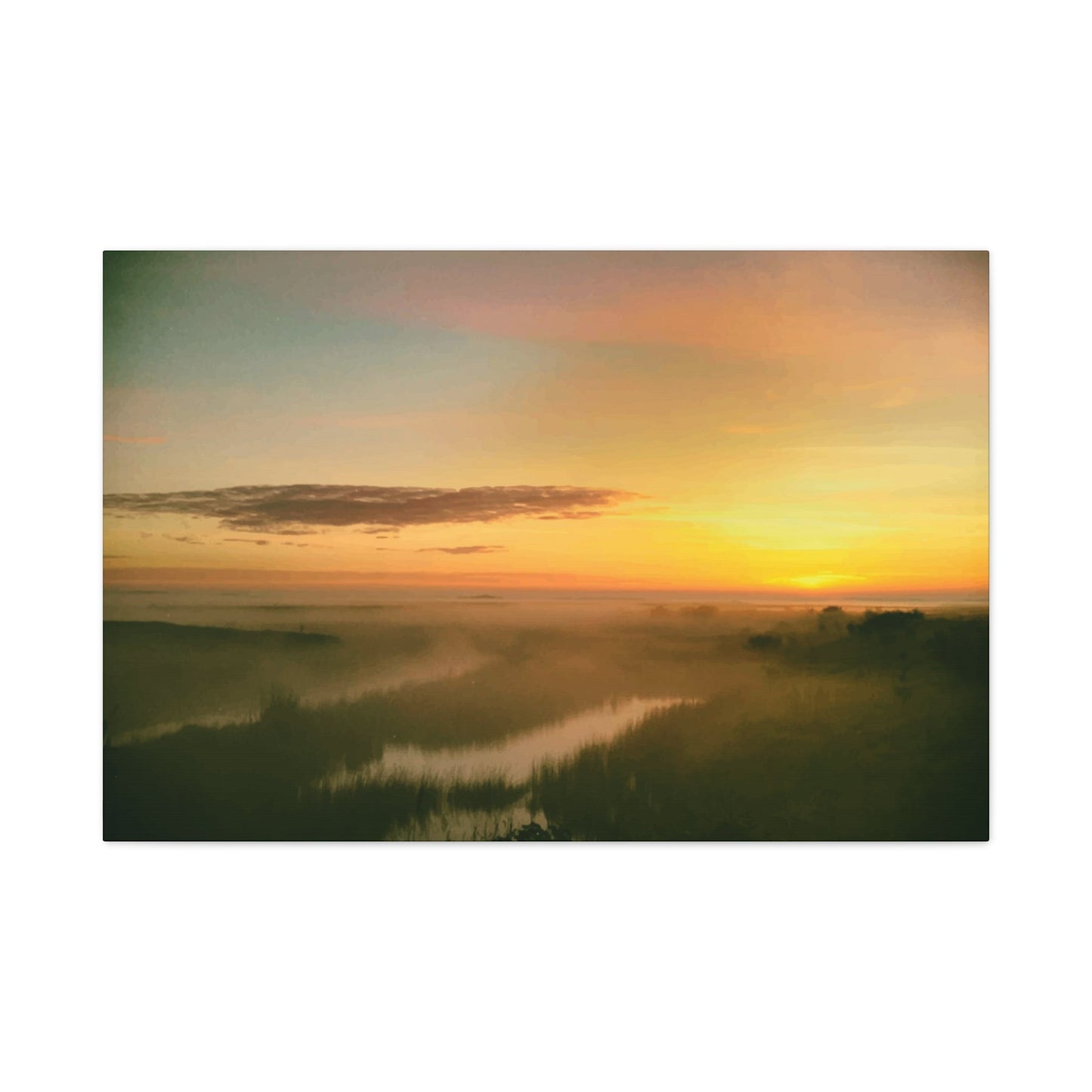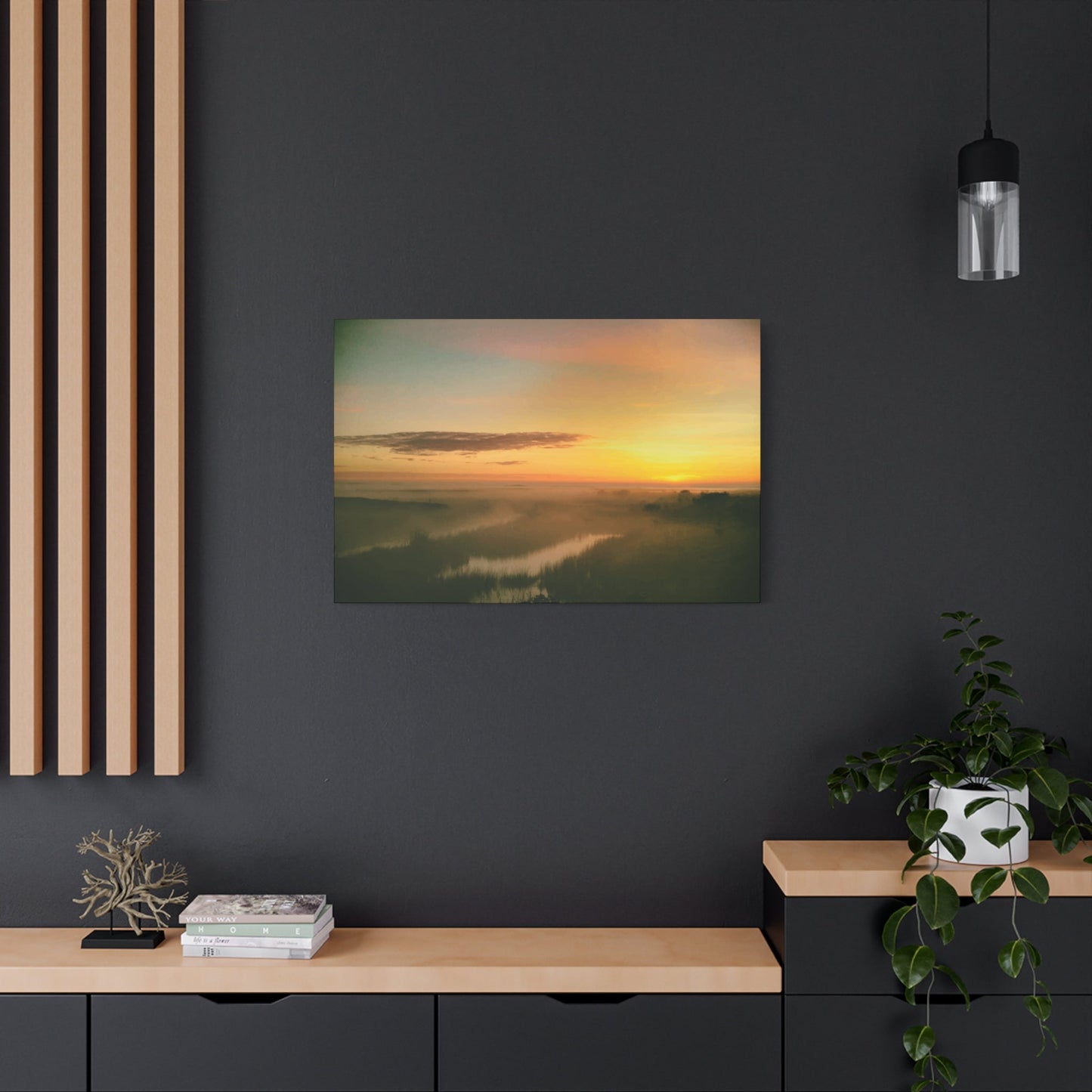Unveiling Tim’s Wall Art: Contemporary Creations and Artistic Vision
Art has the power to transform spaces, evoke emotions, and tell stories that words alone cannot capture. When it comes to contemporary visual expression, few artists manage to create such a profound connection between their work and their audience. This comprehensive exploration delves into the world of a remarkable artist whose creations have captivated collectors and art enthusiasts worldwide, offering insights into the techniques, inspiration, and vision that define their unique approach to visual storytelling.
Discovering Tim's Unique Artistic Style
Every artist possesses a distinctive voice that sets their work apart in the crowded landscape of contemporary art. The creative signature that defines this particular artist's portfolio represents years of experimentation, personal growth, and an unwavering commitment to authentic expression. From the very first brushstroke to the final details that bring each piece to life, there exists a recognizable aesthetic that speaks volumes about the artist's worldview and creative philosophy.
The foundation of this distinctive approach lies in a careful balance between technical precision and emotional spontaneity. While many artists lean heavily toward either rigid structure or complete freedom, this particular creative voice finds harmony in the space between these extremes. Each composition demonstrates a thoughtful consideration of fundamental design principles while maintaining an organic quality that prevents the work from feeling overly calculated or sterile.
One of the most striking characteristics of this artistic approach involves the layering technique employed across various mediums. Rather than applying color in a single pass, the artist builds depth through multiple transparent and semi-transparent layers, creating visual complexity that rewards extended viewing. This method allows light to interact with the surface in fascinating ways, producing subtle shifts in tone and mood as lighting conditions change throughout the day.
The use of negative space represents another crucial element in this distinctive style. Unlike artists who fill every inch of canvas with visual information, this creator understands the power of restraint and the importance of allowing compositions to breathe. The careful placement of empty areas creates focal points that draw the eye naturally through the piece, guiding viewers on a journey rather than overwhelming them with excessive detail.
Texture plays an equally important role in establishing visual identity. Whether working with smooth, flowing surfaces or incorporating rough, tactile elements, the artist demonstrates a sophisticated understanding of how physical dimension enhances emotional impact. Some pieces feature barely perceptible variations in surface quality, while others showcase bold, almost sculptural applications of material that cast shadows and catch light in dramatic fashion.
The recurring motifs that appear throughout the body of work create a sense of continuity and evolution. Certain shapes, patterns, and compositional strategies reappear across different periods and series, allowing viewers familiar with the portfolio to trace the artist's development over time. These recurring elements function like a visual vocabulary, with each piece representing a new sentence in an ongoing conversation about art, life, and human experience.
Color relationships within individual pieces reveal a deep understanding of color theory combined with an intuitive sense of harmony and contrast. Rather than relying on predictable color combinations, the artist frequently pairs unexpected hues in ways that create visual tension and interest. These daring choices demonstrate confidence and a willingness to take risks in pursuit of authentic expression rather than easy commercial appeal.
The scale of works varies significantly, from intimate pieces suitable for personal spaces to large-scale creations designed to command attention in expansive rooms. This range demonstrates versatility and an awareness that different environments call for different approaches. Smaller works often feature intricate detail that rewards close inspection, while larger pieces make bold statements through simplified forms and dramatic color relationships.
Composition strategies employed across the portfolio show a sophisticated grasp of visual weight and balance. Rather than centering subjects in predictable ways, the artist often employs asymmetrical arrangements that create dynamic energy. These compositional choices reflect an understanding that visual interest often emerges from tension and unexpected arrangements rather than comfortable symmetry.
The artist's signature style also encompasses a particular approach to edges and transitions. Some areas feature sharp, clean boundaries between colors and forms, while others dissolve into soft gradations. This varied treatment of edges prevents monotony and creates distinct zones within individual pieces, each with its own visual character and emotional temperature.
Top Tim Artworks to Brighten Your Walls
When selecting pieces to enhance living spaces, certain creations stand out for their ability to inject energy, warmth, and visual interest into any environment. The most popular works from this artist's collection share common characteristics that make them particularly effective at transforming ordinary rooms into inspiring sanctuaries. These pieces demonstrate why thoughtfully chosen art remains one of the most powerful tools for interior enhancement.
Among the most sought-after creations are those featuring vibrant color palettes that immediately lift the mood of any space. These energetic compositions employ bold primaries, vivid secondaries, and unexpected accent tones that create instant focal points. The strategic use of warm hues like sunshine yellows, coral oranges, and rich reds generates feelings of optimism and vitality, making these pieces ideal for areas where energy and creativity are valued.
Coastal-inspired works represent another category that consistently resonates with collectors seeking to brighten their environments. These pieces capture the essence of seaside atmospheres through careful color selection and evocative imagery. Soft aquamarines blend with sandy neutrals and crisp whites, creating compositions that bring the refreshing qualities of ocean environments into interior spaces. The calming yet uplifting nature of these works makes them versatile additions to bedrooms, bathrooms, and living areas.
Abstract expressions featuring dynamic movement and gestural marks offer another avenue for adding life to walls. These energetic pieces convey a sense of motion and spontaneity that contrasts beautifully with the static nature of most interior elements. Bold brushstrokes and sweeping forms create visual pathways that guide the eye across the surface, preventing the stagnation that can occur with overly passive decorative choices.
Floral subjects interpreted through a contemporary lens provide traditional appeal with modern sensibility. Rather than photorealistic botanical studies, these interpretations offer stylized representations that capture the essential spirit of flowers without excessive detail. Soft petals rendered in delicate washes contrast with stronger stems and foliage, creating balanced compositions that work equally well in traditional and contemporary settings.
Geometric abstractions featuring clean lines and precise forms appeal to those drawn to order and clarity. These structured compositions employ repeated shapes, carefully considered proportions, and limited color palettes to create harmonious visual experiences. The mathematical precision underlying these works produces a sense of calm and rationality, making them excellent choices for workspaces and areas dedicated to focused activities.
Landscape interpretations that move beyond literal representation offer viewers an emotional connection to natural environments. These works distill the essence of specific places into their most fundamental visual elements, creating impressions rather than documentations. Whether depicting mountain ranges, forest scenes, or open fields, these pieces allow viewers to experience the mood and atmosphere of outdoor settings without leaving their homes.
Mixed media compositions that combine various techniques and materials provide visual complexity that maintains interest over time. These layered works incorporate elements like collage, texture, and multiple paint applications to create rich surfaces that reward repeated viewing. The variety within individual pieces prevents them from becoming background elements, ensuring they remain active participants in their environments.
Sunrise and sunset themed pieces capture the magical quality of transitional light moments. These works employ gradients and color blending techniques to recreate the atmospheric effects that occur during these special times of day. The inherent optimism associated with new beginnings and the contemplative quality of day's end make these pieces emotionally resonant additions to any space.
Animal subjects rendered with personality and charm offer whimsical alternatives to more serious artistic expressions. These characterful portraits and studies balance realism with creative interpretation, resulting in pieces that bring smiles while maintaining artistic integrity. The universal appeal of animal subjects makes these works excellent conversation starters and sources of daily joy.
Minimalist compositions that embrace simplicity and restraint provide visual relief in increasingly busy environments. These understated works employ limited elements to maximum effect, proving that powerful statements don't require visual complexity. The breathing room these pieces provide makes them valuable counterbalances to more demanding works in a collection.
How Tim Blends Color and Emotion
The relationship between color and emotional response forms the foundation of this artist's most compelling work. Rather than treating color as merely decorative, the artist employs hue, saturation, and value as primary vehicles for emotional communication. This sophisticated approach to chromatic expression demonstrates deep understanding of both technical color theory and the psychological dimensions of visual experience.
The strategic deployment of warm and cool tones creates emotional temperature within individual pieces. Warm hues advance visually and psychologically, creating feelings of energy, passion, and immediacy. Cool tones recede, establishing areas of calm, contemplation, and distance. By carefully balancing these opposing forces, the artist constructs emotional landscapes that viewers can enter and explore, experiencing shifts in feeling as their eyes move across the surface.
Saturation levels play an equally crucial role in emotional communication. Highly saturated colors demand attention and convey intensity, excitement, and drama. These vivid hues create focal points and establish emotional peaks within compositions. Conversely, desaturated tones introduce subtlety, sophistication, and restraint. The artist frequently employs gradual shifts from high to low saturation, creating emotional journeys that mirror the complexity of human experience.
Value contrast serves as another powerful tool for emotional expression. Strong contrasts between light and dark areas generate drama, tension, and visual excitement. These bold relationships create clear hierarchies within compositions, guiding viewers toward intended focal points while establishing emotional emphasis. Subtle value variations produce gentler emotional experiences, encouraging contemplation and careful observation rather than immediate reaction.
The artist's intuitive grasp of color psychology informs choices that resonate with universal human responses to chromatic stimuli. Blue's association with tranquility and introspection appears in pieces designed to create peaceful environments. Red's connection to passion, energy, and intensity features in works meant to stimulate and invigorate. Yellow's relationship with optimism and joy brings light to compositions celebrating positive emotions.
Unexpected color combinations challenge viewers' expectations while creating memorable emotional experiences. By pairing hues that rarely appear together in nature or traditional art, the artist generates visual tension that translates into emotional complexity. These daring juxtapositions prevent predictability and keep viewers engaged, demonstrating that emotional truth sometimes requires unconventional approaches.
Chromatic harmony techniques drawn from music theory appear throughout the portfolio. Just as musical chords create specific emotional qualities through precise relationships between notes, color chords establish emotional atmospheres through careful selection of related hues. Analogous color schemes featuring neighbors on the color wheel create unity and harmony, while complementary schemes employing opposites generate vibrant energy and visual interest.
The modulation of color across surfaces creates emotional rhythm and movement. Gradual transitions from one hue to another produce flowing, lyrical qualities that evoke grace and fluidity. Abrupt color changes introduce staccato moments of surprise and punctuation. This rhythmic variation prevents monotony and creates dynamic viewing experiences that sustain interest over time.
Emotional authenticity remains paramount throughout the color selection process. Rather than applying formulas or relying solely on theoretical knowledge, the artist maintains connection with genuine feeling during creation. This commitment to emotional truth ensures that color choices emerge from lived experience rather than calculated manipulation, resulting in work that resonates with viewers on profound levels.
The layering of transparent and semi-transparent colors creates optical mixing effects that produce nuanced emotional qualities impossible to achieve through flat application. As light passes through these layers, it creates luminous effects that shift with viewing angle and lighting conditions. This living quality keeps pieces visually active and emotionally responsive to their environments.
Seasonal and natural color palettes appear throughout the work, connecting emotional expression to cycles familiar from lived experience. Spring's fresh greens and delicate pastels evoke renewal and hope. Summer's bold, saturated hues communicate vitality and abundance. Autumn's warm earth tones speak to maturity and transition. Winter's cool blues and grays suggest introspection and rest.
Best-Selling Prints from Tim's Collection
Certain pieces from this extensive portfolio have achieved particular commercial success, resonating with collectors across diverse demographics and aesthetic preferences. These popular works share characteristics that make them broadly appealing while maintaining the artistic integrity that defines the entire body of work. Examining these successful pieces reveals insights into what contemporary audiences value in accessible fine art.
Abstract landscape interpretations featuring atmospheric perspective and suggested natural forms consistently rank among top sellers. These pieces offer the emotional benefits of landscape art without the specificity that might limit their applicability to various spaces. The abstracted approach allows viewers to project their own experiences and memories onto the work, creating personal connections that enhance long-term satisfaction with their purchase.
Coastal scenes capturing the essential qualities of seaside environments without excessive detail appeal to the universal human attraction to water and shorelines. These pieces employ simplified forms and limited palettes to evoke rather than document, creating impressions that remain fresh and interesting over time. The calming influence of blue and aqua tones makes these works particularly popular for bedrooms and private retreats.
Floral abstractions that celebrate organic forms while avoiding literal botanical illustration represent another commercially successful category. These pieces capture the spirit of flowers through color relationships and gestural marks rather than precise rendering. This approach creates visual interest without the potential for dated appeal that can affect more realistic floral subjects.
Minimalist geometric compositions featuring clean lines and restrained color palettes attract buyers seeking sophisticated, contemporary aesthetics. These works demonstrate that powerful visual statements don't require complexity, appealing to those who value clarity and intentionality in their living spaces. The timeless quality of geometric abstraction ensures these pieces remain relevant as design trends evolve.
Large-scale statement pieces designed to anchor and define spaces command premium prices while generating significant interest. These ambitious works demonstrate artistic confidence and provide instant focal points for rooms that might otherwise lack architectural interest. The investment required for these pieces reflects their transformative impact on interior environments.
Series-based works that allow collectors to acquire multiple related pieces prove popular with those building cohesive art collections. These connected works share visual themes, color relationships, or conceptual frameworks while maintaining individual identities. The ability to display these pieces together or separately provides flexibility that appeals to practical collectors.
Nature-inspired abstractions that reference organic forms without literal representation bridge the gap between abstract and representational approaches. These pieces satisfy the human desire for connection to natural environments while offering the visual sophistication and timelessness associated with abstract art. The balance achieved in these works makes them accessible to broad audiences.
Textured pieces featuring visible brushwork and dimensional surfaces attract buyers seeking tactile interest and handmade quality. In an increasingly digital world, the evidence of human touch and artistic process holds particular appeal. These works assert their physical presence in ways that flat, smooth surfaces cannot match.
Limited colorway variations of popular compositions allow collectors to find versions that precisely match their needs while maintaining connection to successful designs. This approach acknowledges that personal taste and existing decor considerations influence purchasing decisions without compromising artistic vision.
Small-format works that provide accessible entry points for new collectors consistently perform well. These pieces allow individuals to experience the artist's approach without the financial commitment required for larger works, building relationships that often lead to additional purchases as collections grow and confidence increases.
Tim's Journey from Sketch to Canvas
The creative process represents a fascinating journey from initial concept to finished work, involving numerous decisions, revisions, and moments of discovery. Understanding how ideas evolve from their earliest manifestations into fully realized pieces provides insight into artistic thinking and the commitment required to produce meaningful work. This exploration of methodology reveals the discipline, intuition, and technical skill that combine to create compelling visual expressions.
The genesis of most pieces begins with observation and emotional response to lived experience. Whether encountering a particular quality of light, experiencing a powerful mood, or simply noticing an interesting arrangement of forms, the artist remains alert to potential inspiration in daily life. These moments of recognition trigger the creative impulse, planting seeds that may develop immediately or germinate over extended periods.
Initial sketches serve multiple functions in the development process. These quick studies capture essential ideas before they fade from memory, preserving the energy and spontaneity of first impressions. The sketching phase allows rapid exploration of compositional possibilities without the investment of time and materials required for finished works. Multiple variations can be attempted and compared, revealing which approaches hold the most promise for further development.
Thumbnail sketches employing simplified forms and minimal detail help establish effective compositions before committing to larger scales. These small studies focus on fundamental relationships between shapes, values, and major masses, ensuring solid foundations before adding complexity. The ability to quickly generate and evaluate numerous compositional options prevents wasted effort on fundamentally flawed arrangements.
Value studies rendered in grayscale isolate tonal relationships from color considerations, allowing focus on the structural elements that give pieces visual strength. These preparatory works identify optimal placement of light and dark areas, ensuring adequate contrast and clear focal points. The discipline of resolving value issues before introducing color complexity prevents common problems that plague less methodical approaches.
Color studies explore chromatic possibilities for compositions already refined in sketch form. Small-scale explorations in various color schemes reveal which palettes best serve the emotional intentions of individual pieces. This experimental phase permits risk-taking and discovery without the consequences of failure on finished works, encouraging the kind of exploration that leads to unexpected breakthroughs.
The selection and preparation of surfaces receives careful attention, as the choice of substrate significantly impacts final results. Canvas texture, absorption qualities, and physical characteristics all influence how materials behave during application. Proper preparation ensures technical longevity while establishing ideal working conditions for the chosen approach.
Underpainting establishes overall tonal structure and sometimes introduces subtle color influences that affect subsequent layers. This foundational stage sets the stage for everything that follows, creating unity and depth that single-layer approaches cannot achieve. The underpainting may remain partially visible in finished works, contributing to visual richness and complexity.
Building forms through successive layers allows gradual refinement and adjustment, preventing the overworking that can destroy freshness and spontaneity. Each layer resolves specific issues while raising new questions and possibilities, creating a dialogue between artist and emerging work. This conversational quality keeps the process engaging and prevents mechanical execution.
The artist remains responsive to accidents and unexpected developments, recognizing that rigid adherence to plans can prevent the happy discoveries that often elevate work beyond initial intentions. A drip, a unexpected color mixture, or an unplanned mark might suggest new directions worth exploring, requiring flexibility and openness to alternative possibilities.
Knowing when to stop represents one of the most challenging aspects of the creative process. Overworking destroys vitality and freshness, yet stopping too soon leaves pieces incomplete and unsatisfying. The artist's developed instinct for this crucial decision comes from experience and willingness to both succeed and fail while learning from each outcome.
Abstract vs. Realism: Tim's Artistic Range
The ability to work effectively across different stylistic approaches demonstrates versatility and comprehensive technical skill. Rather than limiting expression to a single mode, this artist's portfolio encompasses works ranging from recognizable representation to pure abstraction, with numerous stops between these poles. This range reflects a sophisticated understanding that different subjects, emotions, and contexts call for different visual languages.
Realistic works within the portfolio demonstrate solid command of observational skills and technical fundamentals. These pieces capture specific subjects with enough accuracy to be clearly identifiable while avoiding the photographic precision that can make paintings feel mechanical. The selective focus and interpretive choices evident even in representational works reveal artistic intelligence rather than mere copying ability.
The decision to work realistically often stems from the nature of subject matter rather than technical limitation or stylistic inflexibility. Certain subjects communicate most effectively through recognizable representation, particularly when specific identification matters to conceptual or narrative intentions. Portraiture, for instance, requires sufficient likeness to connect viewers with particular individuals rather than generic human forms.
Semi-abstract interpretations occupy the middle ground between clear representation and complete abstraction, offering the benefits of both approaches. These pieces retain enough recognizable elements to provide context and narrative possibility while simplifying, exaggerating, or reorganizing visual information for enhanced emotional impact. This balanced approach appeals to viewers who appreciate both representational content and formal innovation.
The process of abstracting from observed reality involves conscious decisions about which elements to emphasize, simplify, or eliminate entirely. By reducing complex visual information to essential components, the artist creates focused statements that communicate specific qualities without the distractions of unnecessary detail. This reductive process requires clear vision and confidence in determining what truly matters within a given context.
Pure abstraction liberates expression from the constraints of representing external reality, allowing form, color, and composition to function as primary content rather than means of depicting something else. These works explore visual relationships for their own sake, investigating how formal elements interact to create meaning and emotional impact. The freedom of abstraction permits explorations impossible within representational frameworks.
The emotional directness possible in abstract work appeals to the artist's interest in universal human experiences that transcend specific circumstances. By removing recognizable subject matter, abstract pieces invite viewers to engage with pure visual sensation and personal interpretation, creating spaces for individual meaning-making rather than prescribed narratives.
Different series within the portfolio explore varying degrees of abstraction, sometimes working systematically from realistic starting points toward increasingly abstract interpretations. This progressive approach reveals the artist's thinking process and demonstrates how abstraction emerges from rather than opposes observational foundations. Viewers can trace the journey from specific reality to distilled essence.
Technical approaches shift appropriately to serve different stylistic intentions. Realistic works employ careful modeling, atmospheric perspective, and accurate color relationships to create convincing spatial illusions. Abstract pieces might use flat color areas, impossible spatial relationships, and purely formal composition strategies. This technical flexibility prevents stylistic limitations from constraining expressive possibilities.
The artist's refusal to commit exclusively to either realism or abstraction reflects an understanding that stylistic purity matters less than authentic expression. Different ideas, subjects, and intentions naturally suggest appropriate visual languages. Forcing everything into a single stylistic framework would sacrifice expressive range for superficial consistency.
Collectors appreciate the variety within the body of work, as it allows them to select pieces that match specific needs, spaces, and aesthetic preferences while maintaining connection to a singular artistic vision. Someone drawn to representational work can find satisfying options without missing the essential qualities that define the overall approach to art-making.
Decorating Tips with Tim's Art Pieces
Incorporating fine art into living spaces requires thoughtful consideration of numerous factors beyond simple aesthetic preference. The most successful integration of art into interiors results from careful attention to scale, placement, color relationships, and the functional requirements of specific rooms. These practical considerations ensure that art enhances rather than conflicts with its environment while receiving the attention it deserves.
Scale represents perhaps the most critical factor in successful art placement. Undersized pieces disappear on large walls, failing to make appropriate visual impact. Oversized works overwhelm small spaces, creating uncomfortable proportions and preventing proper viewing distance. The general guideline suggests covering approximately two-thirds to three-quarters of available wall space, though this can be adjusted based on specific circumstances and aesthetic goals.
Hanging height significantly impacts viewing experience and room proportions. The standard recommendation places the center of artwork at approximately eye level, typically around fifty-seven to sixty inches from the floor. However, this guideline should be adjusted for rooms where people primarily sit rather than stand, and for pieces intended to relate to furniture or architectural elements rather than floating independently on walls.
Lighting considerations dramatically affect how art appears and the mood it creates within spaces. Natural light provides ideal illumination but introduces challenges regarding UV damage and changing conditions throughout the day. Artificial lighting allows consistent presentation but requires careful selection of color temperature and intensity to avoid distortion or overheating. Directional spotlights create dramatic emphasis, while diffused ambient light produces gentler integration into surroundings.
Color relationships between art and existing decor require careful navigation. Exact matching can feel forced and obvious, while complete disconnection may appear haphazard. The most sophisticated approach identifies key accent colors within the artwork and echoes them in smaller decor elements like pillows, throws, or accessories, creating subtle unity without heavy-handed coordination.
Furniture arrangement should support rather than compete with art placement. Major seating should orient toward significant pieces, creating intentional viewing opportunities during normal room use. The relationship between furniture and wall art defines circulation patterns and establishes visual hierarchy within spaces, guiding attention according to desired emphasis.
Grouping multiple pieces requires attention to spacing, alignment, and visual weight distribution. Gallery wall arrangements benefit from planning layouts on the floor before committing to wall holes, ensuring balanced compositions that feel intentional rather than random. Consistent spacing between pieces creates unity, while varied spacing can emphasize relationships between specific works.
Frame selection significantly impacts how art relates to its environment. Simple frames create minimal visual barriers between artwork and space, allowing pieces to integrate seamlessly. Ornate frames make stronger statements and can add presence to smaller works. Frame color and finish should complement both the artwork and surrounding decor without overwhelming either.
Room function influences appropriate subject matter and emotional tone. Energetic, stimulating pieces suit social spaces like living rooms and dining areas, while calming works better serve bedrooms and personal retreats. Workspaces benefit from pieces that inspire focus without demanding constant attention, maintaining interest during breaks without creating distraction during concentration.
Rotating displayed works prevents both physical damage from prolonged exposure and psychological fatigue from excessive familiarity. Periodic changes refresh spaces and allow different pieces to receive attention, maximizing enjoyment of entire collections rather than limiting experience to permanently displayed favorites.
Creating focal points through strategic art placement establishes clear visual hierarchy within rooms. The most important piece should occupy the dominant position, with supporting works arranged to complement rather than compete. This intentional emphasis guides visitors' attention and creates memorable impressions that define spaces.
Limited Edition Tim Art Prints
The availability of high-quality reproductions makes original artistic vision accessible to broader audiences while maintaining standards that honor the creative source. Limited edition prints occupy a unique position in the art market, offering affordability and accessibility while preserving elements of scarcity and collectibility associated with unique works. Understanding the distinctions between various reproduction methods and edition structures helps collectors make informed decisions aligned with their values and budgets.
The concept of limited editions involves restricting the total number of reproductions created from original works, establishing scarcity that maintains value and respect for the source material. Once the predetermined quantity has been produced, the edition closes permanently, preventing further reproductions from diluting the pool. This commitment to limitation distinguishes serious fine art prints from unlimited commercial reproductions.
Edition numbering provides transparency about each print's place within the total production. The standard notation format presents individual print number followed by total edition size, appearing as marks like five of fifty or twelve of one hundred. Lower numbers sometimes command premium prices among collectors, though position within the edition doesn't affect physical quality or artistic merit.
Artist proofs represent additional prints beyond the numbered edition, traditionally reserved for the creator's personal use. These proofs, typically marked AP and numbered separately, usually comprise ten to fifteen percent of total edition size. Some collectors specifically seek artist proofs, viewing them as having special significance, though they're technically identical to numbered edition prints.
Reproduction methods vary significantly in quality, archival properties, and cost. Giclée printing using archival inks on museum-quality substrates produces the highest quality reproductions, capturing subtle color variations and tonal ranges that lesser methods cannot match. The term giclée distinguishes sophisticated digital printing from basic commercial reproduction, though quality still varies among providers.
Paper selection impacts both aesthetic qualities and longevity of prints. Cotton rag papers offer superior archival properties, resisting deterioration and yellowing that plague wood-pulp papers. Surface texture options range from smooth to rough, each affecting how images appear and feel. Weight and thickness contribute to perceived quality and appropriate framing approaches.
Canvas reproductions provide texture and presence absent from paper prints, creating objects that more closely reference the character of original paintings. Stretched and mounted canvas prints require no additional framing, offering convenience and cost savings. However, canvas printing technology varies widely in quality, with superior processes maintaining detail and color accuracy lacking in economy alternatives.
Certificates of authenticity accompany legitimate limited edition prints, documenting edition details, printing specifications, and signatures that verify authorized production. These certificates become important components of provenance, establishing legitimate connection to the original artist and protecting collectors from fraudulent reproductions.
Pricing structures for limited editions typically reflect several factors including edition size, print dimensions, printing method, and substrate quality. Smaller editions and larger sizes command higher prices, as do superior production methods. The balance between accessibility and value preservation requires thoughtful consideration during edition planning.
The decision to create limited editions rather than unlimited reproductions reflects respect for collectors and confidence in work's lasting appeal. Limited availability creates urgency and establishes prints as legitimate collectibles rather than disposable decorations. This approach builds serious collector bases while making work accessible beyond original art pricing.
Secondary market activity for sold-out editions demonstrates successful balance between accessibility and scarcity. When prints become unavailable through primary sources, collector-to-collector transactions establish market values that reflect genuine demand. Healthy secondary markets indicate editions structured appropriately for target audiences.
Tim's Art Inspired by Nature
The natural world provides endless inspiration for artistic exploration, offering both specific subjects and abstract qualities that translate effectively into visual form. This artist's nature-inspired work encompasses both recognizable landscape elements and abstracted organic qualities, demonstrating how careful observation of the natural environment informs even non-representational expression. The connection to nature manifests in color relationships, compositional rhythms, and emotional qualities that echo outdoor experiences.
Seasonal cycles provide rich thematic material that resonates with universal human experience. The fresh awakening of spring translates into delicate color palettes featuring tender greens and soft pastels. Summer's abundance appears through saturated colors and energetic compositions celebrating vitality and growth. Autumn's transition manifests in warm earth tones and compositions suggesting change and maturation. Winter's introspective quality emerges through minimal palettes and simplified forms emphasizing essential structures.
Water in its various manifestations appears throughout the nature-inspired portfolio. The constant motion of ocean waves suggests gestural abstraction and flowing compositions. The stillness of lakes and ponds creates opportunities for reflection and subtle tonal variations. Rivers and streams introduce linear elements and directional energy. The translucent quality of water challenges artists to capture substance without solidity.
Mountain landscapes offer opportunities to explore monumentality, permanence, and dramatic value contrasts. The simplified forms of distant ranges translate naturally into abstract composition, while detailed foreground elements provide textural interest. The vertical emphasis of mountain subjects creates strong compositional frameworks that guide viewer attention and establish clear visual hierarchy.
Forest environments present complex layering opportunities and subtle color variations within limited hues. The vertical rhythm of tree trunks creates natural repetition and pattern. Dappled light filtering through canopies suggests atmospheric effects and dimensional space. The organic irregularity of woodland scenes prevents the rigidity that can affect more structured subjects.
Sky studies capture ephemeral atmospheric conditions that shift constantly and never repeat exactly. Cloud formations suggest both specific weather moments and abstract shapes that engage formal interests. The gradient qualities of sky naturally create transitions between colors and values. Sunrise and sunset provide dramatic color opportunities that express optimism, contemplation, and transition.
Floral subjects offer both specific botanical detail and opportunities for color celebration and organic abstraction. The universal appeal of flowers makes them accessible subjects, while their temporary nature adds poignancy to representations. The variety of forms, colors, and growth patterns provides endless variations preventing repetition or exhaustion of subject matter.
Coastal environments combine multiple natural elements into rich, complex subjects. The meeting of land, water, and sky creates natural divisions and compositional frameworks. The textures of sand, rock, and vegetation provide contrast and visual interest. The particular quality of coastal light influences color perception and atmospheric effects.
Desert landscapes demonstrate how apparent emptiness contains subtle variations and surprising color relationships. The simplified forms and limited palette of arid environments naturally suggest minimalist approaches. The quality of desert light creates strong contrasts and saturated colors despite earth-tone dominance. The sense of vast space and isolation carries emotional weight.
Microscopic and telescopic views of nature reveal patterns and structures invisible to normal perception. These alternative perspectives suggest that inspiration extends beyond conventional observation to scientific and exploratory approaches. The abstract patterns found at extreme scales blur boundaries between representation and abstraction.
Behind the Scenes: Tim's Creative Process
Understanding how artists work provides valuable context for appreciating finished pieces while demystifying creative practice. The discipline, problem-solving, and decision-making involved in bringing artwork from conception to completion deserve recognition alongside the more romantic notions of inspiration and talent. This exploration of working methods reveals the complexity and intention underlying seemingly spontaneous expression.
Studio environment plays a crucial role in supporting productive creative work. The physical space must balance practical requirements like adequate lighting, proper ventilation, and sufficient room for materials with psychological needs for inspiration and comfort. The organization of tools, materials, and works in progress affects workflow efficiency and creative momentum. Personal touches that reflect individual personality make studios inviting spaces where artists want to spend time.
Daily practice establishes rhythms and habits that support consistent output despite fluctuating inspiration and motivation. Setting regular working hours, even when self-employed, creates structure that prevents procrastination and maintains creative momentum. The discipline of showing up regardless of mood or confidence level produces more work than waiting for perfect conditions or strong inspiration.
Warm-up exercises prepare both mind and body for sustained creative effort. Quick sketches, color studies, or technical exercises loosen stiffness and quiet internal critics that can paralyze at project beginnings. These preparatory activities establish working mindset and build confidence before addressing more consequential pieces.
Project documentation through photographs captures work at various stages, creating records useful for understanding personal process and sharing working methods with interested audiences. These images reveal how pieces evolve, showing decisions made and paths not taken. Documentation also provides valuable reference when similar challenges arise in future projects.
Material experimentation expands technical vocabulary and prevents creative stagnation. Testing new products, tools, and techniques keeps skills developing and introduces possibilities that wouldn't emerge from repetitive familiar approaches. Even when experiments fail to produce exhibition-worthy results, the exploration itself generates knowledge that informs future work.
Managing multiple pieces simultaneously prevents the pressure and overworking that can occur when complete attention focuses on single works. While one piece dries or requires contemplation, attention shifts to another, maintaining productive engagement. This approach also reveals connections and themes that might not emerge from strictly serial production.
Reference material collection provides visual resources supporting various projects. Photographs, sketches, color samples, and found objects create libraries of inspiration readily available when relevant needs arise. Organized reference systems prevent wasted time searching for materials and support efficient workflow.
Physical self-care maintains the stamina required for sustained creative productivity. Standing while painting requires leg and back strength. Fine detail work demands steady hands and clear vision. Regular breaks, proper posture, and attention to ergonomics prevent injuries and fatigue that limit working capacity.
Business and administrative tasks, while less glamorous than creative work, enable sustainable artistic careers. Marketing, financial management, correspondence, and logistics require time and attention. Balancing these necessary activities with studio time challenges artists but ensures that excellent work reaches audiences and generates income.
Continuing education through workshops, classes, and study maintains skill development and exposes artists to new ideas and approaches. Even highly accomplished artists benefit from fresh perspectives and technical refinement. Commitment to lifelong learning prevents complacency and keeps work evolving.
Framing Ideas for Tim's Artwork
Proper framing serves multiple functions, protecting artwork while enhancing presentation and integrating pieces into their display environments. The framing decisions significantly impact how work appears and how viewers respond to it. Thoughtful frame selection demonstrates respect for both artwork and audience while solving practical problems related to long-term preservation.
Frame style selection requires balancing personal taste, artwork characteristics, and display environment considerations. Traditional ornate frames suit classical subjects and formal settings but may overwhelm contemporary work or casual spaces. Simple modern frames allow artwork to dominate attention while providing clean finished edges. The frame should support rather than compete with the art itself.
Material choices affect both aesthetic qualities and functional performance. Wood frames offer warmth and traditional appeal with grain patterns and color variations adding visual interest. Metal frames provide sleek contemporary appearance and extreme durability. The weight of materials impacts hanging requirements and shipping costs for larger pieces.
Color selection represents one of the most visible framing decisions. Neutral colors like black, white, and natural wood tones work with virtually any artwork and decor scheme, providing safe versatile options. Colored frames can echo accent hues within artwork, creating intentional connections, but risk dated appearance as color preferences evolve.
Profile dimensions dramatically affect framing presence and appropriateness. Narrow profiles create minimal visual barriers between art and wall, appearing almost invisible. Wide profiles make strong statements and add substantial presence to smaller works. Deep profiles accommodate thick canvases and create shadow lines that emphasize dimensionality.
Matting introduces borders between artwork and frame, providing visual breathing room and protecting art from contact with glass. Mat color traditionally defaults to neutral whites and creams that work with any artwork. Multiple mat layers add depth and luxury. Mat width must be proportional to artwork size, with larger pieces requiring wider mats for proper balance.
Conclusion:
Tim’s wall art represents a bold statement in contemporary artistry, blending imagination, technique, and vision to create works that are both visually striking and intellectually engaging. Each piece reflects a distinctive style, a narrative, and a philosophy, inviting viewers to step beyond traditional boundaries and explore the interplay of color, form, and emotion. By bringing Tim’s creations into your home, you don’t just add décor—you introduce a dialogue between artist and observer, a conversation that transforms walls into spaces of inspiration and reflection.
The strength of contemporary wall art lies in its versatility and ability to resonate on multiple levels. Tim’s artworks range from abstract compositions and geometric explorations to thought-provoking digital designs and mixed-media pieces. Each piece carries its own story, yet all share a commitment to pushing creative boundaries. In doing so, they challenge conventional aesthetics and encourage audiences to reconsider their perspectives, making every artwork a catalyst for curiosity, thought, and dialogue.
From a design standpoint, Tim’s art fits seamlessly into modern interiors, offering both balance and contrast. Bold colors, dynamic lines, and layered textures allow these works to act as focal points in minimalist spaces, while subtler compositions provide understated sophistication in eclectic or industrial-themed rooms. Large-format canvases dominate walls with dramatic presence, while smaller prints invite intimate interaction. By integrating such art into your living room, studio, or office, you elevate the atmosphere with an infusion of creativity, energy, and refined taste.
Beyond visual appeal, Tim’s creations embody a philosophy of contemporary expression. They reflect the artist’s observation of the modern world, translating ideas, emotions, and experiences into tangible forms that spark engagement. Each piece is a meditation on movement, contrast, or harmony, allowing viewers to discover new meaning with every glance. By inviting Tim’s artworks into your home, you embrace this exploration of perception, originality, and artistic courage—qualities that inspire creativity in both the viewer and the space itself.
Moreover, Tim’s artistic vision represents the evolving nature of contemporary art, where traditional techniques meet innovation and experimentation. From layering textures to combining mediums, his creations exemplify a balance of technical mastery and conceptual depth. They celebrate not only the beauty of form but also the power of ideas, transforming walls into canvases that communicate energy, emotion, and narrative.
Ultimately, Tim’s wall art is more than decoration—it is a statement of individuality, creativity, and modern aesthetic sensibility. It invites interaction, reflection, and inspiration, elevating ordinary spaces into environments that celebrate artistic vision. Each artwork is a reminder of the transformative power of art, encouraging viewers to engage, interpret, and connect with the creativity that surrounds them.













